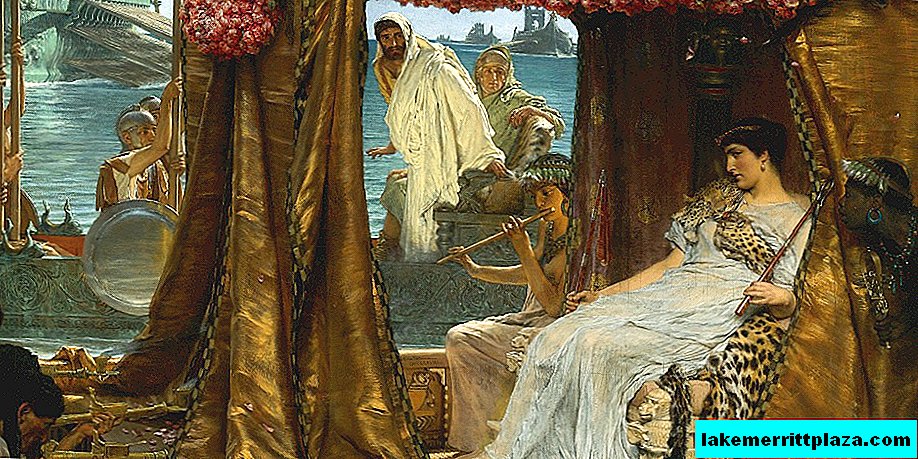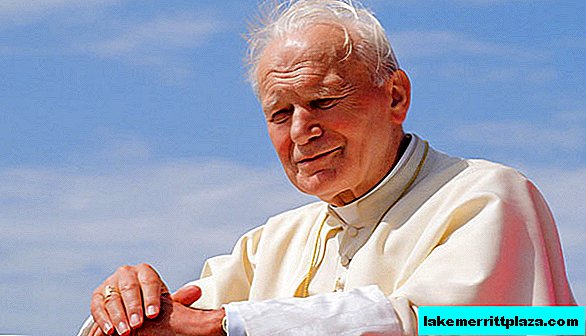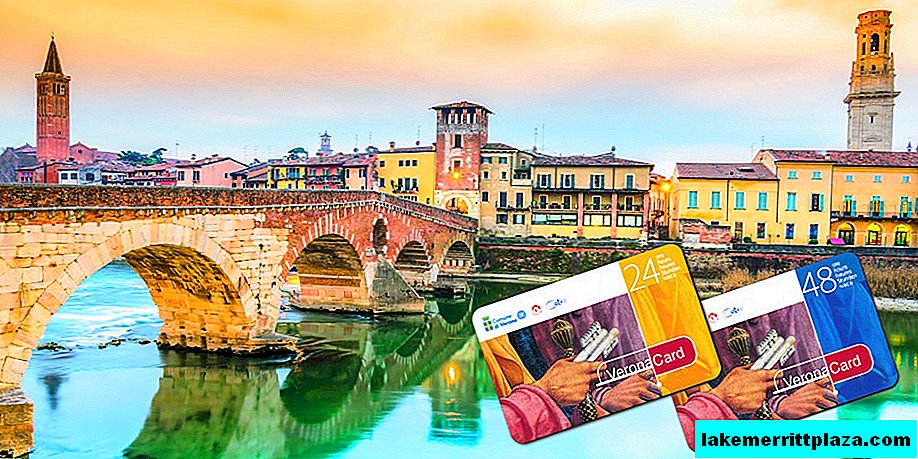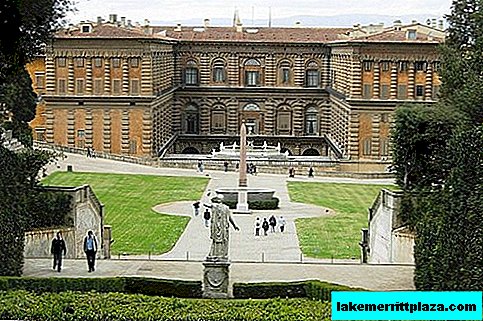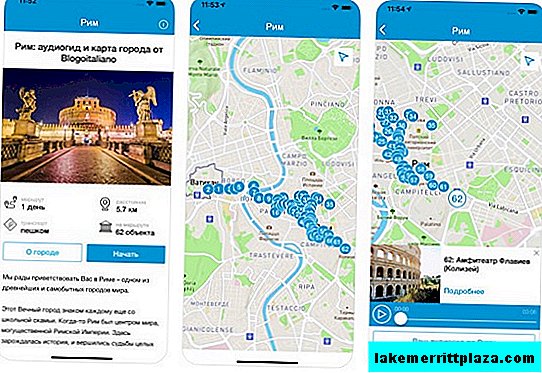The Borghese Roman Gallery (Galleria Borghese) is a worthy setting for Italy's outstanding cultural values. It is part of the rich heritage left by the Italian nobleman Scipio Borghese (Scipione Borghese).
The huge park in the Roman style and the magnificent villa of the Cardinal Hedonist were filled with art objects for many years. Paintings and sculptures, authorship of European masters adorn the interiors of the first and second floors of the Borghese family residence.
The gallery is a tidbit for all art lovers and ordinary people seeking to visit the most significant Roman sights.

Borghese family
The Borghese family has a rich pedigree, in which, in addition to high secular rank, involvement in the higher circles of the Catholic Church is featured. A wealthy princely family took a great part in the life of Italy. In the 17th century, Scipio Borghese, thanks to a kinship with Pope Paul V, received the title of Cardinal. By this time, the nobleman had developed a certain life style, he became a passionate admirer of art and was not used to restricting himself to anything.
Having received the church rank, Scipio Borghese did not change his habits. The private collection he collected at the Roman residence has no such thing.
To avoid the bustle of the capital and in a worthy way to formalize his collection, Cardinal Borghese in 1613 begins the construction of the villa.
Park and palace
The Palace of Delights (Casa di delizia), as the cardinal imagined it, was erected under the direction of architect Giovanni Vasanzio.

A wonderful park of 80 hectares, spread out on the sloping sides of the Pincho hill. Previously, this area was used as a vineyard. And after the talented master Pietro Bernini worked on it, the hill was completely transformed. From the 17th century to the present day, it is one of the most extensive and picturesque public parks in Rome.
We recommend reading the book:

How was the collection going
Being a wealthy Italian prince by birth and an influential representative of the church by occupation, Scipio Borghese did not experience the slightest difficulty in replenishing his private collection. The best works of Italian, French, Flemish, German artists immediately migrated to the walls of the new estate. Borghese had a penchant for the work of several masters, whose work he sought with particular care. He was particularly interested in the painting of Caravaggio and the sculpture of Gian-Lorenzo Bernini.
At the time of the death of Scipio Borghese in 1633, the gallery consisted of more than eight hundred paintings, as well as an extensive collection of sculptures, including from the ancient period. As a cardinal, Borghese had access to canvases located in closed monasteries.
Paintings
The Pope’s nephew did not disdain to use his dignity for the extraction of the most valuable paintings.
There were also rumors that the owners of the paintings, who did not want to voluntarily part with their property, were subjected to very severe persuasions. In addition, masterpieces that were too immodest by the standards of the church fell into the collection box. Thanks to this formulation, the cardinal got Caravaggio’s painting “Madonna Palafrenieri”.

Among the achievements of the cardinal-nephew are the following masterpieces: a 15th-century canvas "The Crucifixion with St. Jerome and Christopher" by Pinturicchio. The works of this master combine attention to the smallest details and amazing realism. Another most valuable painting belongs to the brush of Botticelli - "Madonna and Child", 15th century. Very interesting "Lady with a unicorn" by Raffaello Santi, written in the early 16th century. The painting is a tribute to the genius Leonardo da Vinci's "Mona Lisa". The inheritance of colors and the artistic composition of the portrait is clearly traced.
The picture contrasting the secular and the sublime in its plot is Titian's “Heavenly Love and Earthly Love”.

Continues the theme of love affair and morality, the painting "Venus and Cupid with Honeycombs" by Lucas Karnach. The ancient Greek legend of the beautiful Danai was embodied in the magnificent work of Antonio Correggio. The fabulously beautiful sorceress Circe revived under the brush of maestro Dosso Dossi. Worthy of attention is the "Position in the coffin" by master Raphael. He was "borrowed" in the church of St. Francis in Perugia. Canvas Rubens "Descent from the Cross" was completely illegally seized in the church of San Francesco.
Six paintings by Caravaggio, illustrating the various stages of the work of this artist, deserve special attention. The lyric beginning of the painter’s career is symbolized by the painting “A Young Man with a Basket of Fruits”.

A more serious attitude to life is conveyed by the painting "Sick Bacchus." The appeal to the spiritual side of being is reflected in Saint Jerome. "David with the Head of a Goliath" demonstrates a period of gloomy thoughts and a rethinking of life. Note that such a comprehensive collection of works by Caravaggio is no longer in any gallery in the world!
Sculptures

Another favorite of Scipio Borghese is the sculptor Gian-Lorenzo Bernini. His works were distinguished by unique realism and grace. Observing the sculptures for the first time, it can be assumed for a second that the statues will come to life and continue to move. Curls and flowing forms, so characteristic of the Baroque, were perfectly embodied in the hands of a talented master.

A vivid example of this is the sculpture "Apollo and Daphne", embodying the self-confident handsome Apollo and the forest miracle woman nymph. The girl rejects the claims of a man and prefers to turn to a dried tree than to fall into the hands of a lover. Frozen postures and vivid emotions on stone faces are so picturesque that they attract the viewer's attention for a long time. This sculpture was commissioned by Pope Urban III, its plot is very moral, despite the apparent frivolity. It is believed that the face of Apollo is a self-portrait of the sculptor. Another expressive work of Bernini - "The Abduction of Proserpine." The mute struggle of the characters is conveyed incredibly skillfully and dramatically.
Subsequent generations of the Borghese clan have made a lot of efforts in order to preserve the richest collection and increase it. The difficult times for the Borghese Gallery came during the reign of Napoleon Bonaparte. Camillio Borghese was honored to be the husband of the emperor’s sister, Pauline Bonaparte. This lady agreed to pose for the sculptor Antonio Canova. The result of their fruitful cooperation was the masterpiece "Venus the Victorious."

The young woman is captured in a free pose, on a marble ottoman. The splendor of half-naked charms is no less lively than the pillows and mattress of her bed.
This sculpture is one of the pearls of the Borghese collection.
At the same time, by the 18th century, the noble family had cooled significantly to the collection of art objects. Young princes became interested in thoroughbred horses and the expansion of possessions. Such expensive pleasures were mostly paid for by the funds received from the sale of gallery exhibits. Also, many paintings and sculptures were exported to France to please the eminent relative Borghese, Emperor Napoleon.
Today, within the walls of the Borghese Gallery you can find a diverse collection of sculptures occupying the first floor of the villa. In addition to the mentioned statues, visitors can admire the well-preserved ancient sculptures. A collection of 16th century busts depicting Roman emperors. There are also works by Dosso Dossi and other Italian masters of the 17-18 centuries. The second floor was left to the painters of the 15-18 centuries. The gallery contains works by internationally recognized masters: Van Gogh, Degas, Cesan, Modigliani, Bellini, Domenichino.
How much are tickets - where to buy
- Recommended: First, arrange with the guide about an individual excursion, and then buy a ticket.
- We recommend reading: what to see in Rome with a guide
The Borghese Gallery is unique, it covers an extensive time frame and includes works by the most prominent representatives of each era. That is why, the cost of a full ticket for an adult from 2017 is 20 euros. Moreover, tickets must be booked in advance only on the official partner website of ticketone.it, with an exact indication of the date of visit and the number of visitors. The remaining sites are intermediaries and will sell you wrapped tickets.
See step-by-step instructions on how to book tickets to the Borghese gallery yourself without intermediaries and overpayments.
However, theoretically there is a little trick for guests of Rome - this is the “Roma Pass”. A kind of pass worth 28-38.5 euros, which gives the right to use the municipal transport of the Italian capital for free for three days. And also he opens the doors of two Roman museums. For these reasons, we recommend that you choose the most expensive establishments, such as the Borghese Gallery, but getting there is not easy since you need to reserve tickets in Italian.
- Official gallery website in English: www.galleriaborghese.it
How to get there Address
The Borghese Gallery is located at: Borghese Gallery and Museum
Piazzale del Museo Borghese, 5
00197 ROMA
View Museums in Rome in a larger map
You can get to the museum from Tuesday to Sunday, from 8:30 to 19:30.
The time spent inside is limited to two hours, which does not apply to the park.
Find a hotel near the Borghese Gallery
Also, the museum administration monitors the number of excursions, more than 360 people at the same time can not be inside the villa. You can get to the Borghese Gallery on your own:
- metro - line A, the nearest Spagna station on Plaza Espanya, exit towards the signs for Villa Borghese - Via Veneto;
- city bus No. 5, 19, 52, 53, 63, 86, 88, 92, 95, 116, 204, 217, 231, 360, 490, 491, 495, 630, 910, 926;
- taxi with destination: Museum and Borghese Gallery (Borghese Gallery).

